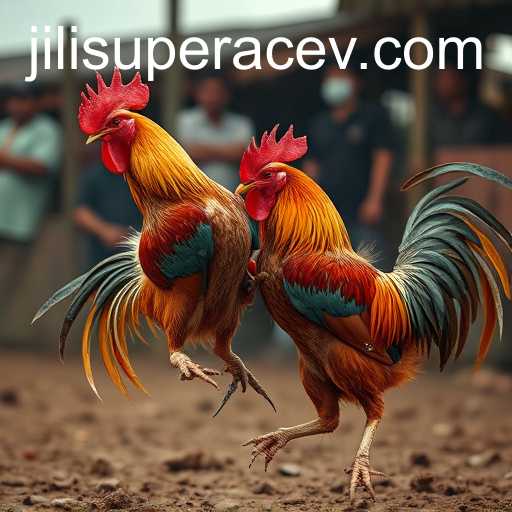The World of Cockfighting: Tradition and Controversy
Cockfighting has been a subject of fascination and contention for many years. With its deep roots in cultural traditions and the contentious ethics behind animal sports, understanding cockfighting, particularly with modern elements like jili superace, sheds light on its complex world.
A Historical Context
Cockfighting is an ancient sport, with origins believed to trace back thousands of years. Historically, it was practiced in numerous cultures, from Southeast Asia to South America. Despite its controversial aspect today, it remains deeply engrained in some cultural traditions as a symbol of bravery and honor. Traditionally, owners raise their roosters, train them meticulously, and pit them against each other in a ring, showcasing not only the prowess of the bird but also the skill of the handler.
The Rise of Jili Superace in Cockfighting
Recently, a new term has been making waves in the cockfighting circles: jili superace. This refers to a modern approach or system integrated into the sport, offering various enhancements and changes. Many enthusiasts view this as a way to bring tradition into the contemporary world, while opponents argue it further commercializes a practice already fraught with ethical concerns.JILIP8
The Mechanics of Cockfighting
In a typical cockfight, birds are equipped with metal spurs or knives, called gaffs, to maximize damage in a fight. These birds are often bred for aggression and trained exclusively for combat. The fight usually concludes when one bird either kills or incapacitates the other. Although the practice is still legal in some areas, many regions around the world have banned it due to concerns over animal cruelty.
Legal and Ethical Dimensions
The legality of cockfighting varies drastically around the world, and even within countries. In some places, it is protected as part of cultural heritage, while in others, it's a criminal activity punishable by fines and imprisonment. For example, in the United States, cockfighting is illegal in all states, but enforcement varies. Conversely, in places like the Philippines, it remains a popular sport with regulated events.axiebet88
From an ethical standpoint, advocacy groups argue that cockfighting promotes unnecessary suffering and brutality, urging a shift towards compassion and respect for animal life. Proponents, on the other hand, argue that domesticated roosters are inherently aggressive and cockfighting allows them to fulfill their natural instincts.
Cockfighting as a Global Phenomenon
Despite its regional differences, the allure of cockfighting spans continents. In Southeast Asia, particularly Indonesia and the Philippines, it is intertwined with cultural identity and even local economies. Here, cockfighting is not merely a sport but a community event that draws spectators and backers from all walks of life.
Latin American countries like Mexico, Peru, and Colombia also host cockfighting events, often as part of local festivities or rural traditions. In these cultures, it is a social event that fosters community discussions and connections.
The Impact of Technology and Modern Innovation
The advent of technology has brought significant changes to cockfighting. Platforms like jili superace have introduced new dimensions to the sport, redefining how enthusiasts engage with cockfighting. These platforms potentially offer simulations or enhancements that allow traditional practices to meet modern entertainment demands.
Cultural Significance of Cockfighting
For many, cockfighting is more than just a sport; it represents a cultural emblem. The rituals associated with cockfighting, from breeding to training and the actual event, are steeped in historical traditions. Understanding these elements offers a more nuanced view of the practice beyond the contentious debates.Jilibonus
Challenges and Future Prospects
Moving forward, the future of cockfighting seems uncertain. The controversies surrounding animal rights and legal issues pose ongoing challenges. On the other hand, adjustments, like those introduced by jili superace, suggest a potential for adaptation and transformation in the sport.
Ultimately, the discourse around cockfighting involves a delicate balance between respecting cultural practices and addressing ethical concerns. As societies evolve, so too must the practices they cherish, potentially leading to innovations that honor tradition while aligning with contemporary ethical standards.DS88 Casino
Conclusion
While the practice of cockfighting remains divisive, its historical and cultural roots offer a fascinating glimpse into human society's relationship with sports and tradition. As the world changes, so does the interpretation and integration of such practices within modern contexts.phwin








